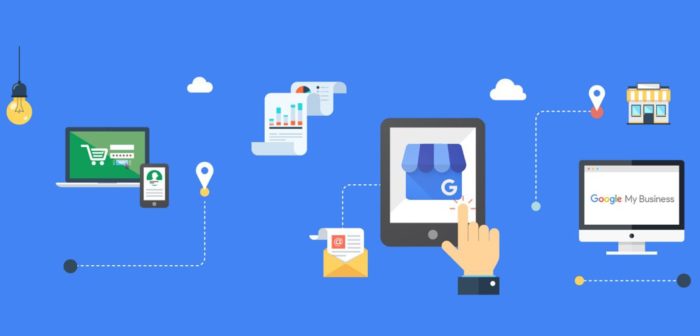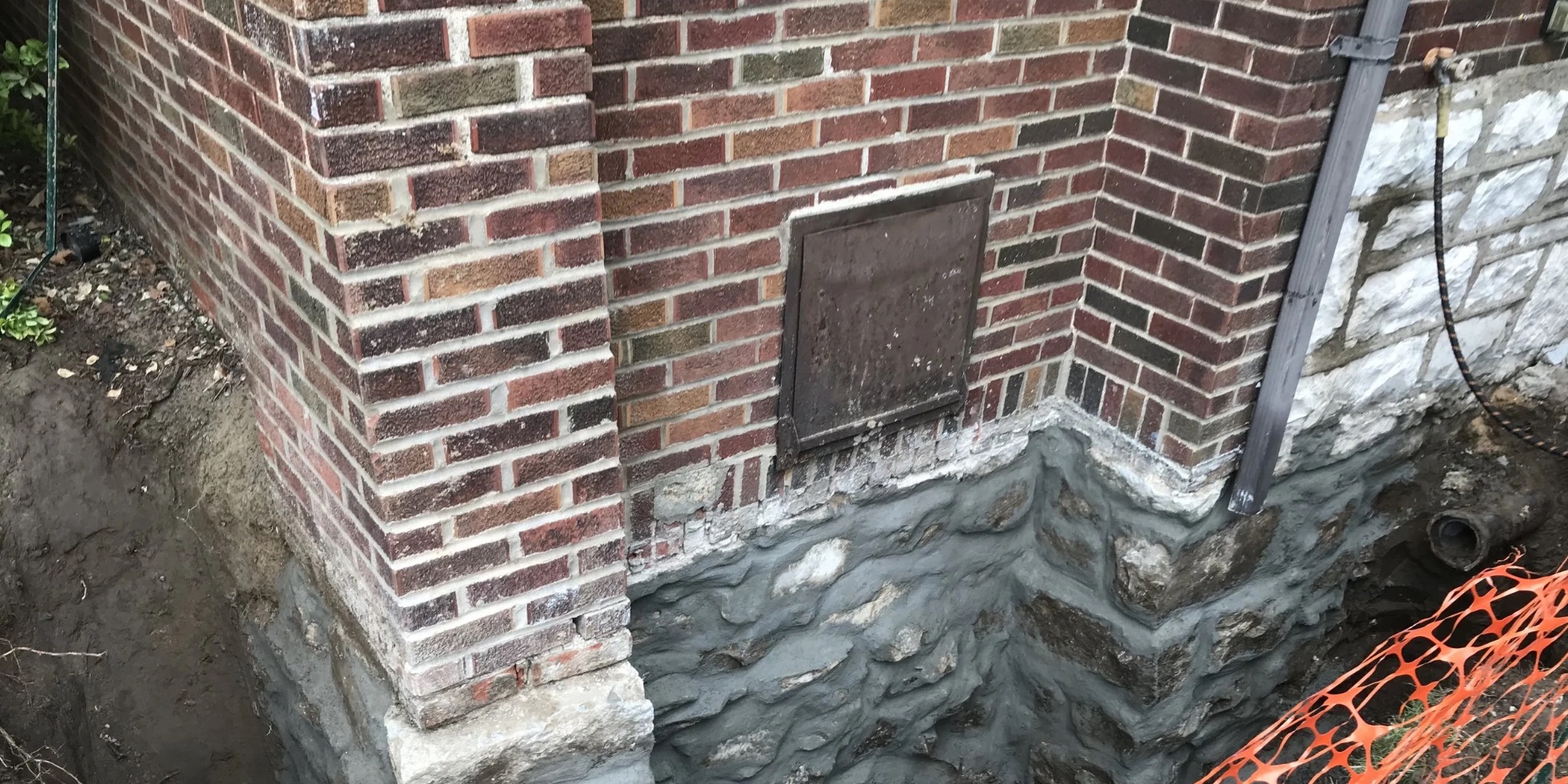An Updated Look at Local SEO Tips for Home Service Businesses
- September 10, 2025
- By: Vonigo
Search engines, and how people use them, have changed dramatically over the past few years. For home service businesses with multiple locations, keeping up with these changes isn’t optional; it’s essential for winning local customers.
How to Stay Visible as Search, Mobile, and AI Evolve
From AI-powered search experiences and zero-click results to mobile-first browsing and automated bookings, today’s local SEO is about more than just keywords and Google Maps pins. It’s about showing up exactly when and how your ideal customer is searching: on mobile, via voice, or even with help from AI tools.
Here’s an updated look at local SEO tips that matter most for multi-location home service companies in today’s evolving digital landscape.
1. Start with Structured, Location-Specific Pages
Each of your locations needs its own dedicated, SEO-optimized landing page on your website. These aren’t just for Google—they’re for users who want to see relevant info fast.
Make sure every location page includes:
• NAP (Name, Address, Phone) in schema format
• Unique content with local service details
• Service area zip codes or neighborhoods
• Embedded Google Maps
• Customer reviews and photos specific to that region
• A direct booking button or form
Pro tip: Use software that allows you to manage multiple location pages centrally, so updates (like holiday hours or new services) are easy and consistent.
2. Use AI-Friendly, Conversational Content
With tools like Google’s Search Generative Experience (SGE) and the rise of AI-driven search assistants (like ChatGPT or Perplexity), people are starting to ask more conversational questions like:
• “Who’s the best Junk Removal company in Denver with same-day service?”
• “Affordable fence installers near me with free estimates”
• “What’s the difference between spray foam and batt insulation?”
To stay visible, your site content and blog posts should mirror these real questions. Use FAQ sections, service explainers, and city-specific blog posts to show up in both traditional and AI-powered search results.
3. Prioritize Mobile UX and Booking Flow
More than 70% of local service searches happen on mobile devices, and most of those users expect to be able to take action immediately.
Your website needs to:
• Load fast on mobile (under 3 seconds)
• Display a click-to-call or book-now button above the fold
• Offer online booking and quote requests with minimal friction
• Let users schedule appointments from their phones—no login required
Using home service software with built-in mobile booking tools helps you deliver this experience across every location.

4. Leverage Google Business Profiles (for Every Location)
Your Google Business Profile (GBP) is still one of the most important local SEO assets you have. For multi-location businesses, managing these profiles at scale can be a challenge—but it’s worth the effort.
Each location should have:
• A verified GBP with accurate NAP info
• Local service categories and service area settings
• High-quality photos of jobs, vehicles, or staff
• Ongoing review collection and responses
• Updated holiday hours, FAQs, and booking links
Pro tip: Use software that integrates with Google to manage reviews, appointments, and updates across all your locations in one place.
5. Optimize for Voice Search and AI Assistants
“Hey Google, who installs kitchen cabinets near me?”
Voice searches tend to be longer and more question-based, and they’re often looking for immediate action, like booking or calling.
To show up, you’ll need to:
• Use natural, conversational language on your site
• Include FAQs and featured snippets
• Make sure your services and booking links are crawlable and mobile-accessible
• Maintain consistent data across GBP, Yelp, Facebook, Apple Maps, and other directories
With AI assistants handling more search traffic, you’re no longer just optimizing for humans. You’re optimizing for the systems that help them find you.
6. Measure What Matters and Adjust
SEO isn’t a one-and-done effort. Use tracking tools (or built-in metrics from your home service software) to monitor:
• Local keyword rankings by location
• Booking conversions per location page
• Click-through rates from GBP listings
• Review volume and star ratings
• Mobile bounce rates and form completions
By identifying what’s working and where customers drop off, you can refine your local SEO strategy across every city, crew, or franchise.
The local SEO landscape is shifting fast. With AI assistants rewriting search behavior, mobile users expecting instant action, and Google prioritizing local results more than ever, home service companies need to evolve to stay competitive.
By combining smart SEO strategy with modern booking and customer experience software, multi-location service businesses can dominate local search results—and convert those clicks into real appointments.
Visibility is no longer just about being found. It’s about being booked.



